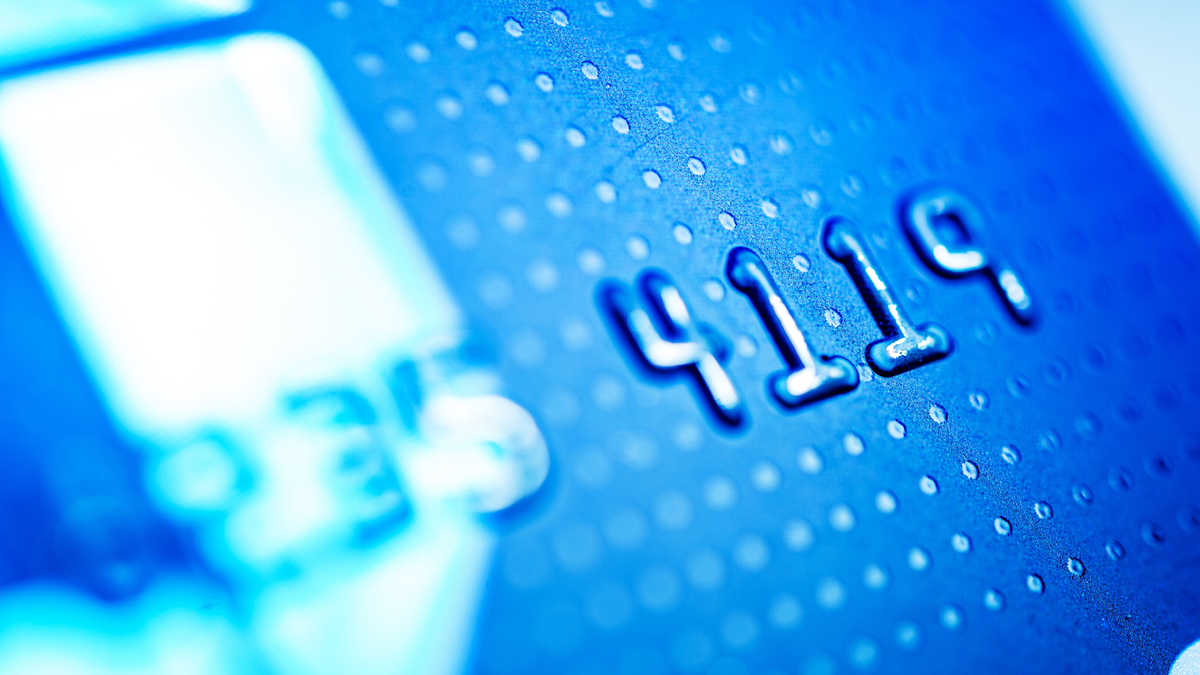Unlocking Financial Freedom: A Comprehensive Guide to Post-Balance Transfer Actions

Balance transfers can be a valuable tool for achieving financial freedom. But what exactly is a balance transfer? In simple terms, it involves moving your credit card debt from one card to another, usually with a lower interest rate. This can help you save money on interest payments and pay off your debt faster.
Benefits of balance transfers
There are several benefits to doing a balance transfer. First and foremost, it can save you money. By transferring your balance to a card with a lower interest rate, you can reduce the amount of interest you pay each month. This means more of your payment goes towards paying off the principal balance.
Another benefit is that it can simplify your finances. Instead of dealing with multiple credit card bills and due dates, you only have to worry about one payment. This can make it easier to stay organized and ensure that you don't miss any payments.
How to transfer your credit card balance
Transferring your credit card balance is a relatively straightforward process. First, you'll need to find a credit card that offers balance transfers. Look for one that offers a low or 0% introductory APR on balance transfers. This will give you a period of time, typically six to 18 months, to pay off your transferred balance interest-free.
Once you've found a suitable card, you'll need to apply for it. Be sure to provide accurate information and read the terms and conditions carefully. If approved, you'll receive your new card and instructions on how to initiate the balance transfer.
Step-by-step guide to doing a balance transfer
Here's a step-by-step guide to help you navigate the balance transfer process:
- Gather your credit card information: Make a list of the credit card balances you want to transfer, including the account numbers and balances.
- Research balance transfer credit cards: Look for cards that offer a low or 0% introductory APR on balance transfers. Compare their terms and fees to find the best option for your needs.
- Apply for the new credit card: Once you've found a suitable card, complete the application process. Provide accurate information and submit any required documents.
- Initiate the balance transfer: Once approved, you'll receive your new credit card. Follow the instructions provided to initiate the balance transfer. This may involve calling a customer service number or completing an online transfer request.
- Monitor the transfer process: Keep an eye on your old credit card account to ensure that the balance transfer is completed successfully. It may take a few days or weeks for the transfer to go through.
- Make payments on your new card: Once the balance transfer is complete, start making payments on your new credit card. Be sure to pay at least the minimum amount due each month to avoid any late fees or penalties.
How long does a balance transfer take?
The length of time it takes for a balance transfer to complete can vary. In most cases, it takes between seven and 14 days for the transfer to be processed. However, it's important to note that this is just an estimate and the actual timeframe may be longer or shorter depending on various factors.
During the transfer process, it's crucial to continue making payments on your old credit card until the balance transfer is confirmed. Failure to do so could result in late fees or damage to your credit score.
Tips for a successful balance transfer
To ensure a successful balance transfer, consider the following tips:
- Pay attention to fees: Some credit cards charge a balance transfer fee, usually a percentage of the transferred amount. Factor this fee into your calculations to determine if the transfer is still beneficial.
- Pay off the transferred balance before the introductory period ends: If you're taking advantage of a 0% APR introductory period, make a plan to pay off the transferred balance before the regular interest rate kicks in.
- Avoid making new purchases on the new card: To maximize the benefits of the balance transfer, refrain from making new purchases on the new credit card. Focus on paying off the transferred balance first.
Bank of America credit card balance transfers
Bank of America offers balance transfers as part of its credit card offerings. If you're considering a balance transfer with Bank of America, be sure to check their terms and conditions, including any applicable fees and introductory APR offers. Compare their offerings with other credit cards to find the best option for your financial goals.
Finding the best interest-free balance transfer credit card
When searching for the best interest-free balance transfer credit card, it's important to consider a few key factors. Look for cards with long introductory periods, low or no balance transfer fees, and competitive regular APRs. Additionally, consider your own creditworthiness and the likelihood of approval for each card.
Research different credit card issuers and compare their offerings to find the card that best suits your needs. Keep in mind that the best card for one person may not be the best for another, so it's important to evaluate your own financial situation and goals.
Post-balance transfer actions to achieve financial freedom
Congratulations! You've successfully completed a balance transfer and are on your way to achieving financial freedom. But the journey doesn't end there. To make the most of your new financial situation, consider taking the following post-balance transfer actions:
- Create a budget: A budget is an essential tool for managing your finances. Take the time to create a budget that reflects your income, expenses, and financial goals. This will help you stay on track and make the most of your newfound financial freedom.
- Pay off your debt: Now that you have a lower interest rate, use this opportunity to aggressively pay off your debt. Allocate as much money as possible towards your credit card payments each month. Consider using the debt snowball or debt avalanche method to prioritize your payments.
- Build an emergency fund: An emergency fund is a crucial part of any financial plan. Start saving money in an easily accessible account to cover unexpected expenses. Aim for three to six months' worth of living expenses as a target for your emergency fund.
Conclusion
In conclusion, a balance transfer can be a powerful tool for achieving financial freedom. By understanding the process, taking advantage of low or 0% introductory APR offers, and implementing post-balance transfer actions, you can take control of your finances and work towards a debt-free future. Remember to stay disciplined, make regular payments, and track your progress towards your financial goals. With the right strategies and a commitment to financial responsibility, you can unlock the path to financial freedom.
Do you have unpaid credit cards?
Gauss money can help pay off your credit cards easily. Pay off any credit card balance using a low-interest credit line from Gauss. You’ll save with a lower APR and you can pay off balances faster. Gauss offers no annual fees, no origination fees, and no fees of any kind. Check out Gauss for a lower APR today to maximize your credit cards.
Additionally, use tools like the credit card payoff calculator to visualize your progress overtime, and get insights into how much you should put towards your debt to achieve your debt free date. Our debt payoff calculator and debt tracker is 100% free to use via our website or our mobile app.
